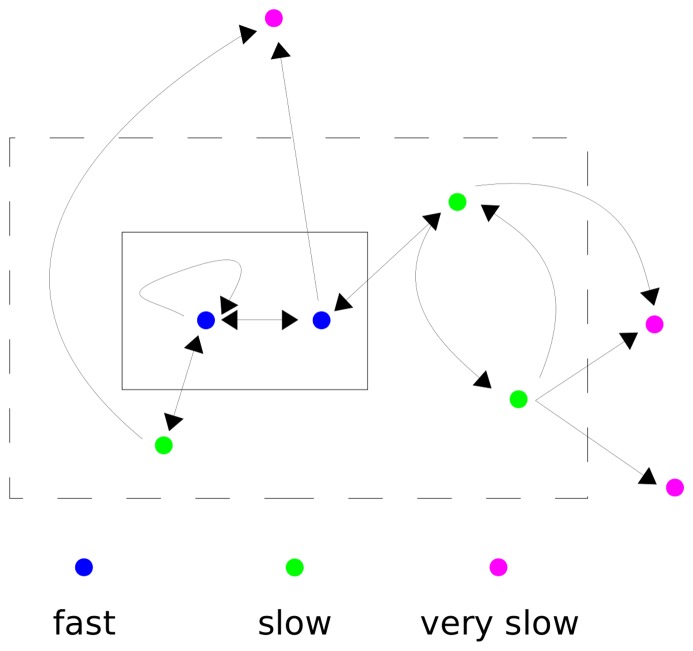Figure 1. Schematic illustration of time-scale separation.
A system is shown within the dashed box, which is assumed to contain all the components relevant to a given behaviour, so that it is partially uncoupled from its environment: it influences its environment (arrows leading outwards) but is not in turn influenced by the environment. Within the system is a smaller sub-system (box) which may be fully coupled to the larger system (bi-directional arrows). The components in the sub-system (blue dots) are taken to be operating sufficiently fast that they may be assumed to have reached a steady state, or a state of thermodynamic equilibrium, to which the remaining components in the larger system (green dots), and those in the environment that are influenced by the system (magenta dots), adjust on slower time scales. The Michaelis-Menten formula in (2) is derived from a time-scale separation of this kind.

